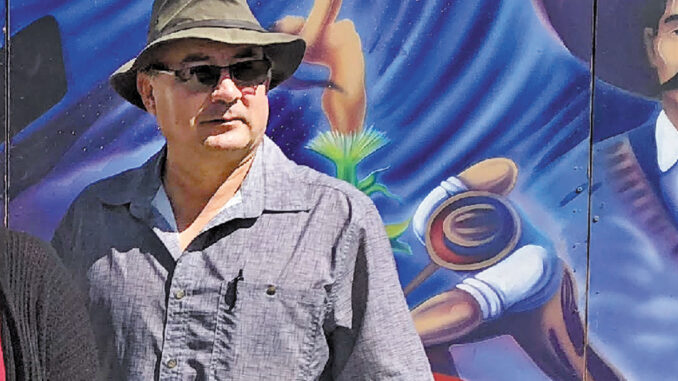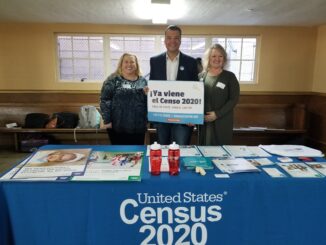
BY ALLEN PIERLEONI
Census data guides the distribution of funds for new hospitals and clinics,
caregiver staffing and medical supplies
Why is it essential that every person in the United States be counted in the 2020 Census? Because that data will be used over the next decade to help guide the distribution of hundreds of billions of dollars in federal funding to local communities. As the U.S. Census Bureau puts it, “The funding shapes many different aspects of every community, no matter the size, no matter the location.”
One of the most crucial pieces is health care. The placement of clinics and hospitals, caregiver staffing, distribution of medical supplies, and even programs to address oral health — all are linked to Census data and the distribution of funds.
In California Census Region 4 — a 10-county portion of the San Joaquin Valley — the Sustainable Rural Communities Project (SRCP) focuses on “health justice” for underserved populations.
“I work on health access for farm workers in low-income rural communities, including the indigent and the undocumented,” says SRCP Director Noé Paramo, who also is the legislative advocate for the California Rural Legal Assistance Foundation.
“We’re at a crucial point in California’s Census count, particularly in rural areas where the undocumented are traditionally undercounted,” Paramo says. “What’s vital is that farm workers, undocumented immigrants and others be counted, so that California can get the resources it needs to provide medical care. Without medical coverage and care, illness is an issue. We’re trying to reduce that.”
Currently, there are not enough medical providers or facilities in Region 4. “The need is tremendous, and the Census data are vital to make the case for funding, Paramo says.
The shortage of providers and facilities is also a huge concern. “A lot of rural hospitals have closed, [along with some] community clinics and health centers, and several counties have phased them out altogether,” he says. “So you have fragmented care, with patients caught in the middle of where to go and having to navigate the system. If you’re English-speaking deficient, you have a hard time.”
Getting transportation from isolated areas to medical facililties also is an issue, along with stress over “the fear of accessing medical care, caused by anti-immigrant feelings and federal government policies,” Paramo says. “Even if you get primary care, there are waiting lists for specialty care. We want people healthy and accessing care and not letting themselves get sick, which could cause health issues across communities.”
Despite the hurdles, Paramo is optimisic. “There’s a robust collaboration going on between government and private and philanthropic entities to get people counted,” he says. “We’ll have the updated data to give to officials so they’ll know how to provide additional health-related services, or meet the needs that must be addressed.”




